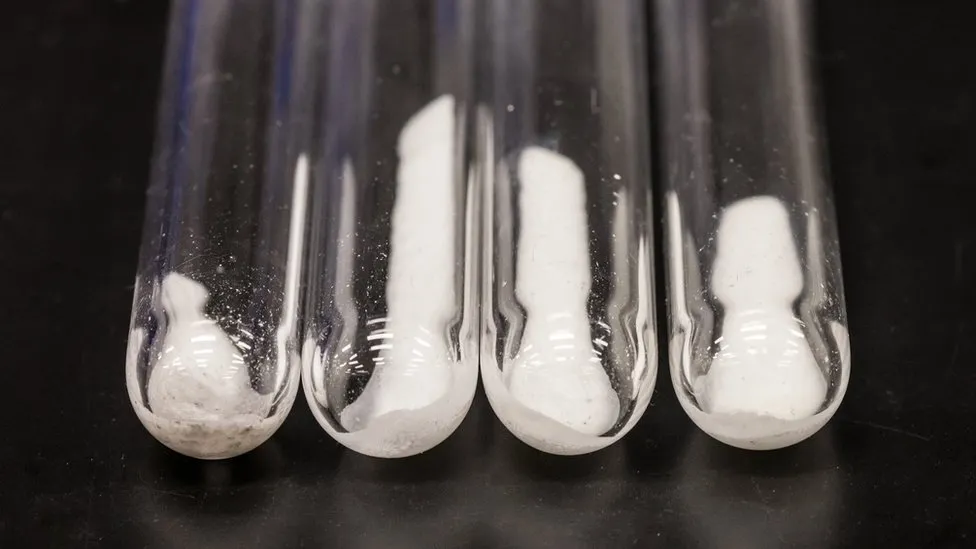Microsoft in collaboration with the Pacific Northwest National Laboratory (PNNL) has harnessed the power of artificial intelligence (AI) and high-performance computing to discover a novel material that could significantly reduce the reliance on lithium in batteries. This breakthrough comes at a critical time as the demand for lithium-ion batteries, powering everything from electric vehicles to smartphones, continues to surge, potentially leading to a shortage by 2025. The new material, temporarily named N2116, showcases the potential of AI to revolutionize the field of materials science and expedite the development of sustainable energy solutions.
Also Read: Microsoft Leaps into AI Integration with Upcoming Surface Pro 10 and Laptop 6
The Need for Innovation in Battery Technology
As the demand for electric vehicles rises, the world faces a looming shortage of lithium. Moreover, traditional methods of lithium mining are being scrutinized for their environmental impact. At this stage, AI and supercomputing emerge as crucial tools in addressing this challenge. They offer a faster and more efficient approach to discovering materials that can revolutionize battery technology.
AI’s Role in Accelerating Scientific Discovery
Microsoft’s innovative AI, trained on molecular data, played a pivotal role in narrowing down 32 million potential inorganic materials to just 18 promising candidates in a mere 80 hours. This unprecedented speed is a testament to the transformative power of AI in materials science, allowing scientists to explore uncharted territories and accelerate the innovation cycle.
Also Read: World’s Most Powerful Supercomputer Achieves 1 Trillion Parameter LLM Run

The Breakthrough Material: N2116
N2116, identified through this AI-driven process, is a solid-state electrolyte that has already been tested successfully, powering a lightbulb. What sets this material apart is its potential to reduce lithium use by up to 70%, offering a sustainable solution to the escalating demand for lithium-ion batteries. The collaboration between Microsoft and PNNL exemplifies the marriage of cutting-edge technology and scientific expertise.

Overcoming Challenges and Future Prospects
While the speed of discovery is commendable, experts emphasize the need for rigorous testing and optimization of the new material. The unexpected collaboration of sodium and lithium ions in the solid-state electrolyte challenges prior assumptions and opens new possibilities. Scientists now dream of a future with digital twins predicting material performance. Meanwhile, the ongoing collaboration between Microsoft and PNNL promises continued advancements in AI-driven scientific discovery.
Also Read: China Releases Strong Guidelines for Use of AI in Research
Our Say
In a world racing against time to find sustainable solutions, the fusion of AI and high-performance computing stands as a beacon of hope. The discovery of N2116 showcases the potential for AI to reshape industries and address critical global challenges. Microsoft’s commitment to compressing centuries of scientific discovery into decades aligns with the urgency of our environmental concerns. As we witness the dawn of a new era in scientific exploration, the collaboration between technology giants and research institutions holds the key to a more sustainable future.
Follow us on Google News to stay updated with the latest innovations in the world of AI, Data Science, & GenAI.




